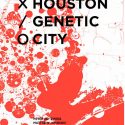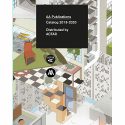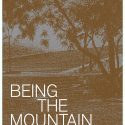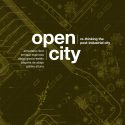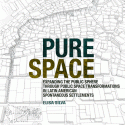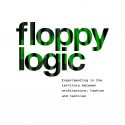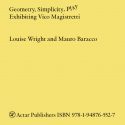Your Cart is empty
Houston Genetic City
Peter Zweig, Matthew Johnson, Jason Logan
No city in the United States is synonymous with unbridled growth and land speculation as the sprawling Texas city of Houston. Though Houston is described as a city, its massive size makes it regional or even megaregional in scale—including a patchwork of satellite downtowns and suburbs, a vast floodplain of bayous and coastal prairie, as well as a long stretch of Gulf Coast. This fragile landscape is increasingly beset by global problems, from flooding to rampant growth to congestion. Its lack of zoning means ad hoc developments scatter across the landscape with little formal planning, where urban developments are always provisional and negotiable.
Houston Genetic City is a collaborative and speculative book about Houston’s future, and by extension the future of urbanism in unplanned cities globally. Using maps, photographs, timelines, and collages, the book lays out the conditions for new urbanization in this fragile landscape. We imagine Houston beyond its current petro-economy, beyond its laissez-faire land uses, and beyond its notorious sprawl. The work was developed over the course of a year by faculty and students of the University of Houston’s Gerald D Hines College of Architecture and Design. Thom Mayne and Eui-Sung Yi of Morphosis acted as collaborators and critics. Its central premise is that Houston represents an evolving city type. No longer formal, axial, or planned, it is instead based on heuristics, on trial-and-error, on ad hoc strategies.
"Houston is unusual: one of the most dispersed and unplanned cities in the United States. This project looks at Houston as a prototype for similar places elsewhere in the world- in social, cultural, infrastructural, economic, ecological terms." Thom Mayne
EBOOK EDITION

